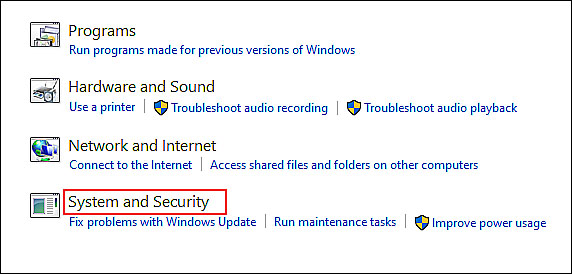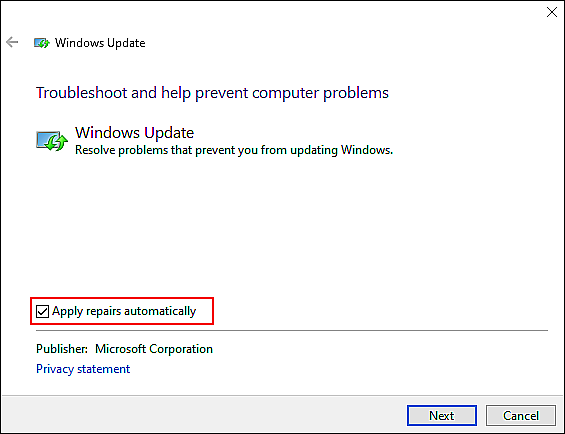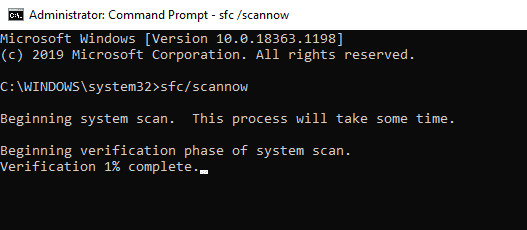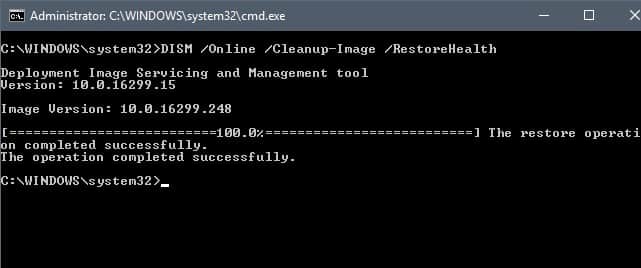Wondering how to fix Windows Update error 8007371B ‘Some updates were not installed’ on your PC?

It is not uncommon for Windows to run into errors every now and then, especially when you are installing Windows updates.
Recently, several users reported that their screens have been displaying the error code 8007371B when they try to run certain security updates (KB2871389, KB2952664, and KB2868623) on their Windows. We had a look into this matter and discovered that it is mainly caused due to system file inconsistencies, update glitches, and corrupt Windows Update components.
If you are facing a similar issue, you are in the right place because, in this guide, we will walk you through the methods of troubleshooting this issue in detail.
Let’s get started.
1. Run Windows Update Troubleshooter.
There are several built-in troubleshooting utilities in Windows that are designed specifically to resolve issues like the Windows update error we are discussing. These utilities scan the operating system for problem areas, identify them, and fix them without much user involvement.
Among the handy programs available is the Windows Update Troubleshooter, which identifies the causes of update failures and fixes them automatically.
- Press Windows + R keys simultaneously on your keyboard to open a Run dialogue box.
- Inside the text field of the dialogue box, type control.exe and hit Enter.

- Doing so will take you to the control panel window. Inside the window, type Troubleshooting and the search bar and hit Enter.
- Click on Troubleshooting, and inside the new window, click on System and Security..

- Now select Windows update and then click on Windows Update Troubleshooter.
- Checkmark the box against Apply repairs automatically, and then click on Next.

- Now, wait for the troubleshooter to complete the scanning. If the troubleshooter detects any issues, it will suggest fixes. Click on Apply the fixes to complete the process.
Once the troubleshooter applies the fix, try installing the updates again.
2. Reset Windows Update Components.
As mentioned earlier, errors like the one at hand can be caused by corrupt Windows Update components which prevent the system from installing the latest updates.
The windows update components can usually be repaired by simply resetting them since doing so will restore the system to its original state, free of errors. Hopefully, doing so will help you fix the issue at hand.
- Type cmd in the search bar and click on Run as administrator to launch Command Prompt with administrative rights.
- Inside the Command Prompt window, type the commands mentioned below and hit Enter after each to execute them. These commands will stop all the Windows Update Services.
net stop wuauserv
net stop cryptSvc
net stop bits
net stop msiserver
- Once done, execute the commands mentioned below one by one.
net start wuauserv
net start cryptSvc
net start bits
net start msiserver
- Finally, restart your PC and check if resetting the update components resolved the error.
You should now be able to install the updates without any issue.
3. Run DISM and SFC Scans.
Just like the Windows Update Troubleshooter, Microsoft has packed Windows with other handy built-in troubleshooting utilities that can help identify and resolve the issue in no time.
Two such utilities are the System File Checker (SFC) and DISM (Deployment Image Servicing and Management) tool. SFC is manipulated to scan the protected system files for corruption errors, while DISM scans the whole operating system.
If any potential issues are identified, both the tools will resolve them with little to no user input.
Here is what you need to do:
- Type cmd in the search bar and click on Run as administrator.
- In the elevated Command Prompt window, type the command listed below and hit Enter to execute it.
sfc /scannow

- Once the operation is complete, restart your PC.
- Now open Command Prompt as an administrator again and execute the command mentioned below.
Dism /Online /Cleanup-Image /RestoreHealth

- Finally, restart your PC again and check if running the scans resolved the issue.
If a corruption error or bug was causing the issue at hand, running the aforementioned utilities will hopefully fix the issue.
4. Try Using CleanMyPC.
When is the last time you thoroughly cleaned your computer? If it was not so long ago, now is the time since the junk files on your PC are most likely to be to blame for the problem.
You can get rid of these files and the problems they cause by using a good PC cleaner.
You can scan your computer for errors with cleaners available online, and they will automatically fix them as they locate them. We tested some of the best online cleaners and found CleanMyPC to be the best.

You can get rid of all kinds of junk files from your computer and boost its performance with CleanMyPC. Moreover, using it is quite simple! When CleanMyPC runs its scan, it detects the problem within minutes and fixes it without requiring much of your input.
Give your PC a performance boost by installing CleanMyPC!
5. Clean Install.
If none of the methods above works for you, then this means that the error under consideration cannot be resolved using the conventional troubleshooting methods.
If this scenario is applicable, then we recommend clean installing Windows.
Clean installing Windows will update to the latest version, and you’ll be able to start over without any corrupt files and errors like the one at hand.
This brings us to the end of our guide on fixing Windows Update error 8007371B. We tried walking you through all the steps in detail and hope that one of the methods mentioned in this post did the trick for you. In case you still have any confusion about the troubleshooting steps, please let us know in the comment section below!
If this guide helped you, please share it. 🙂





